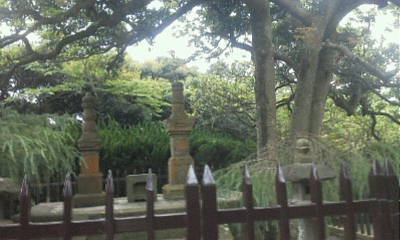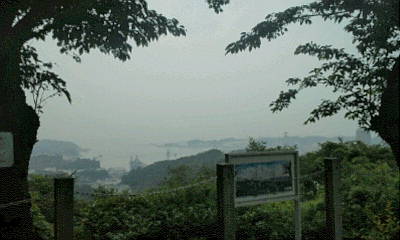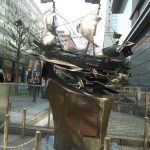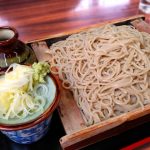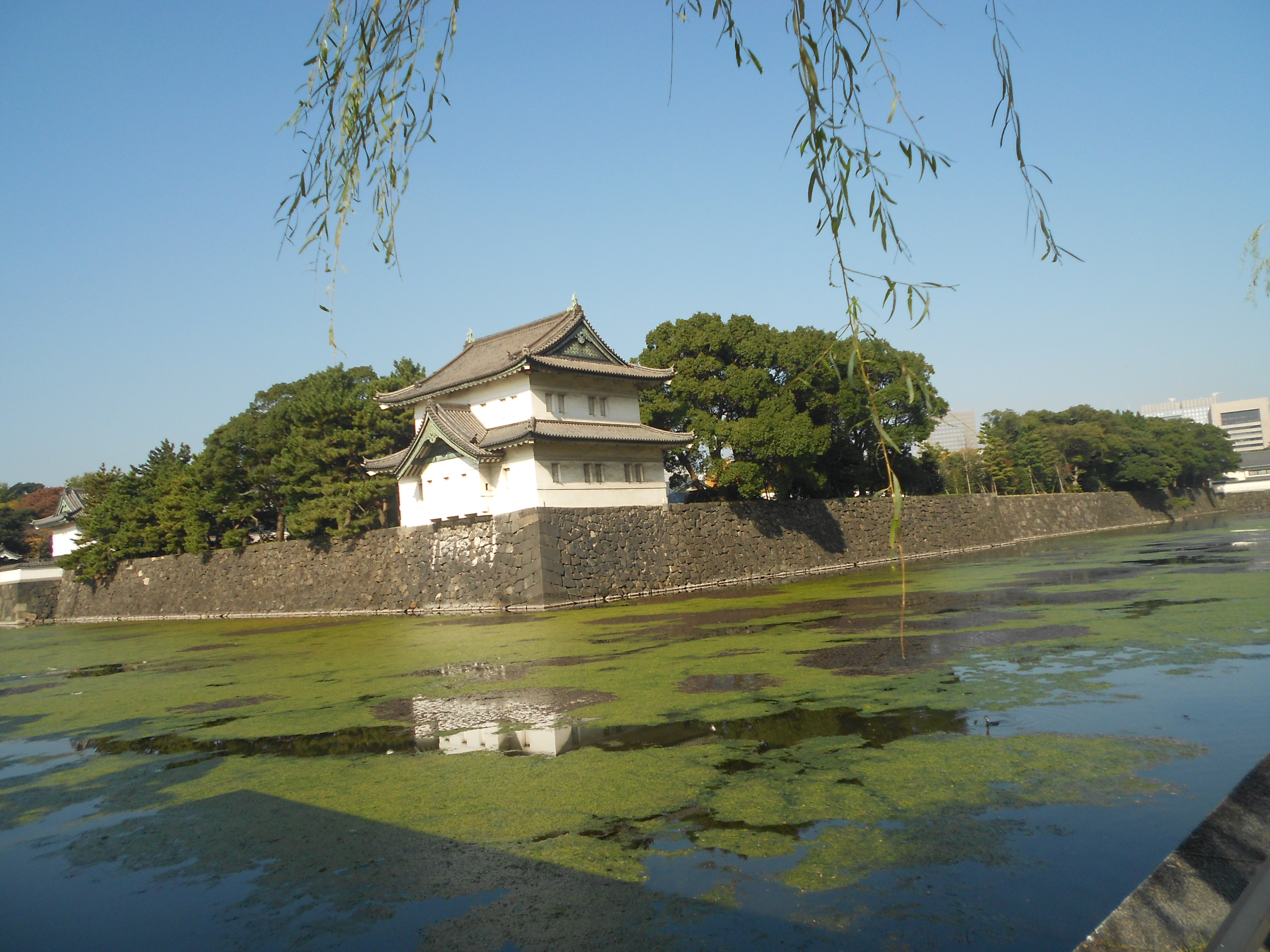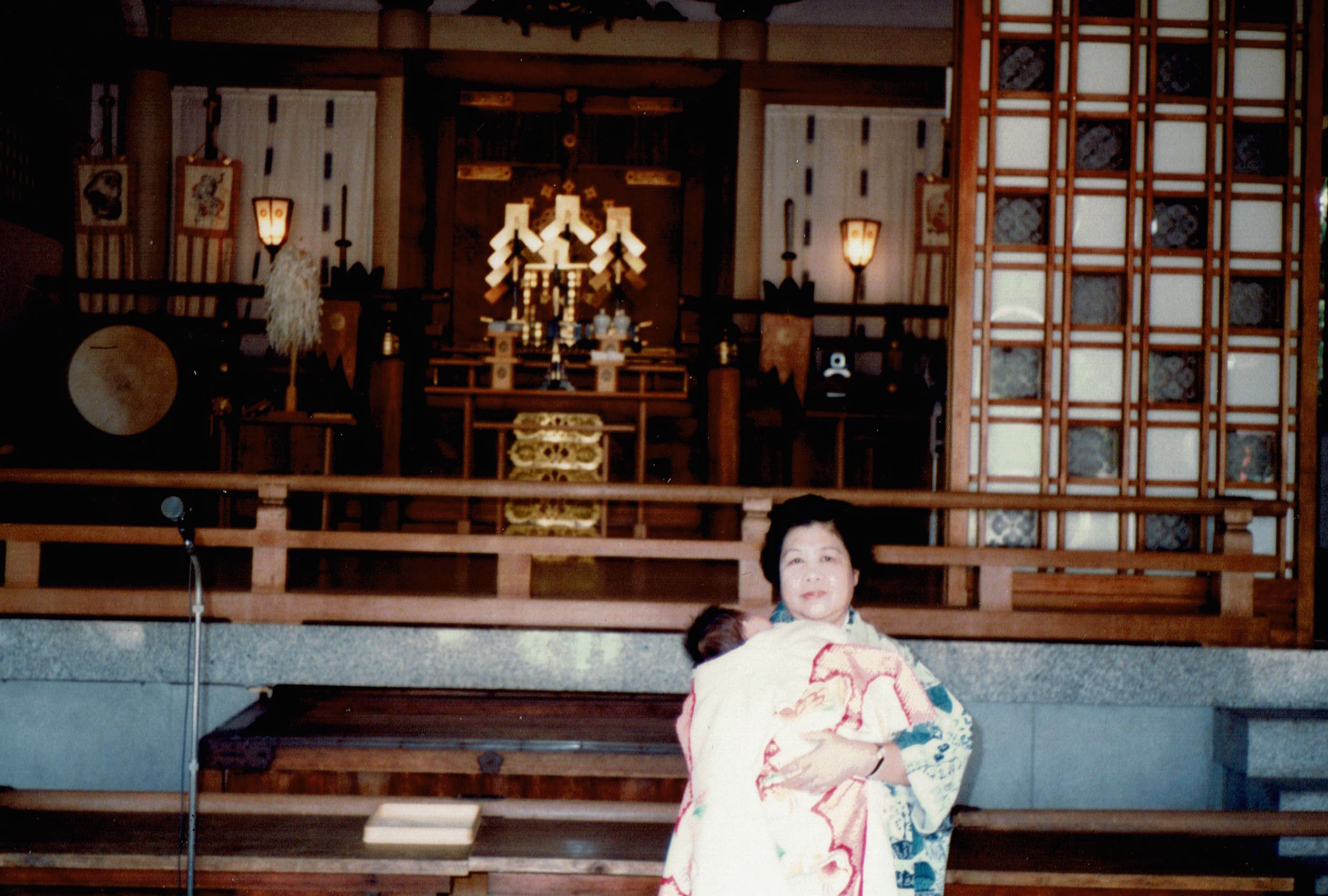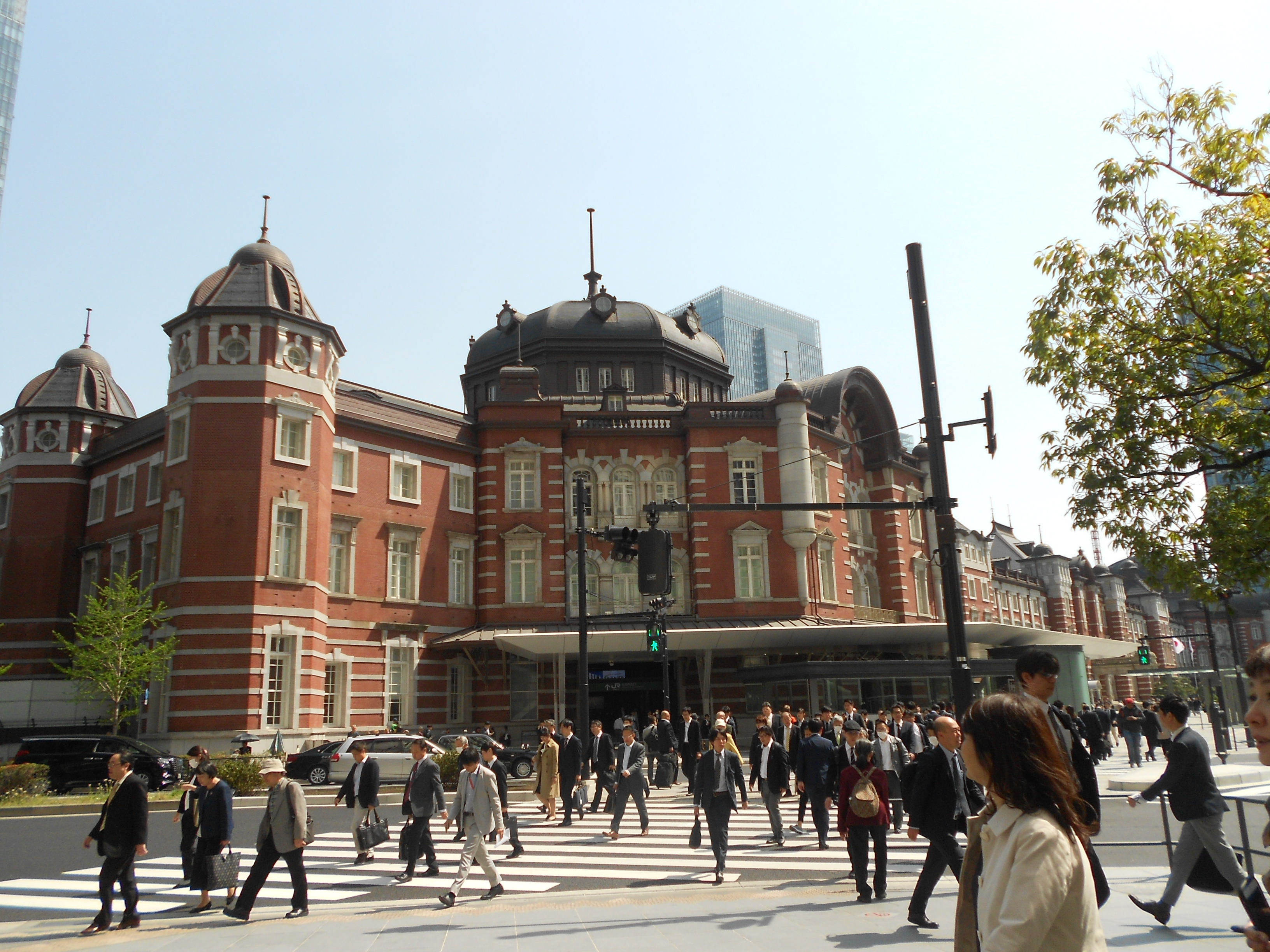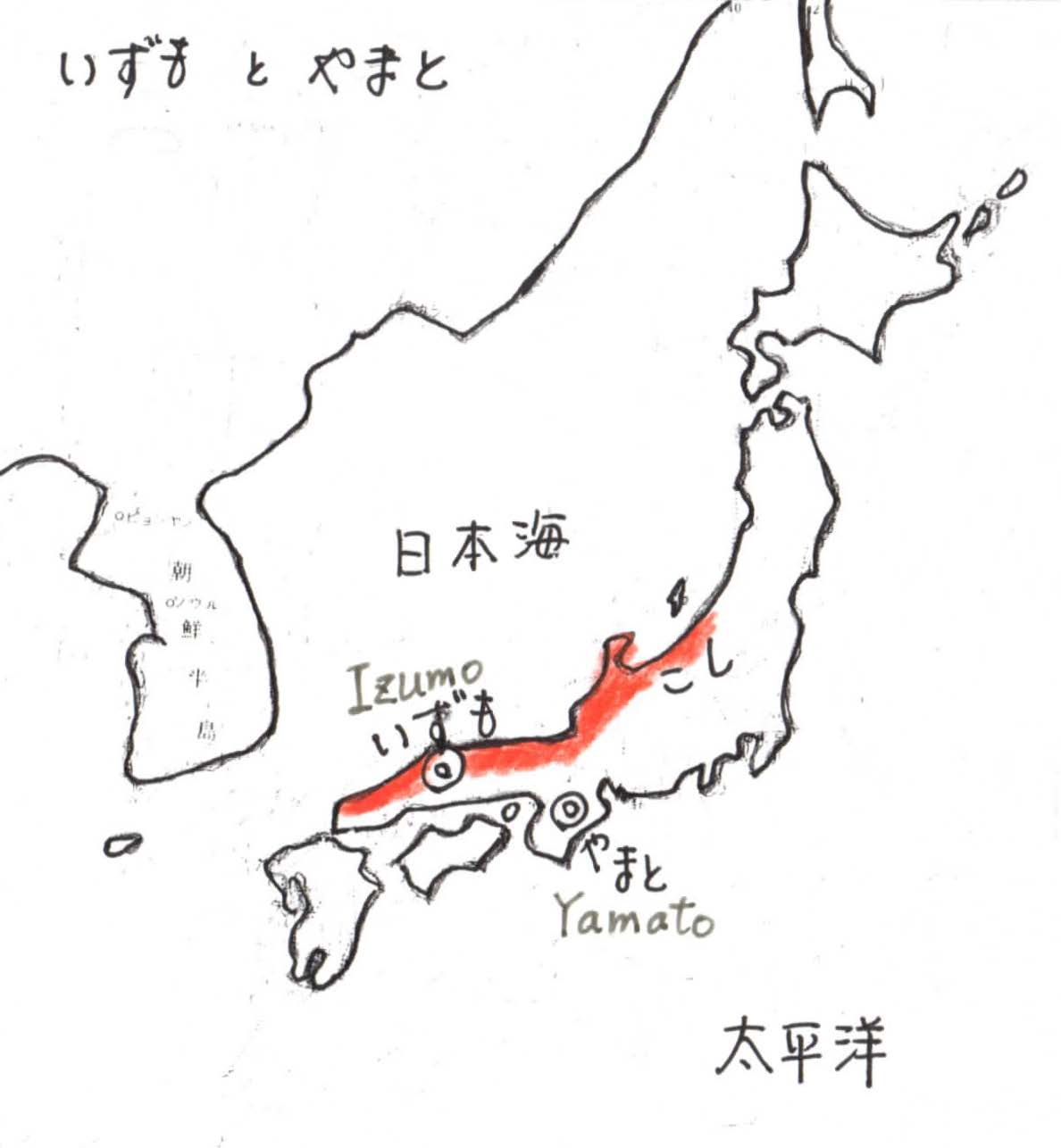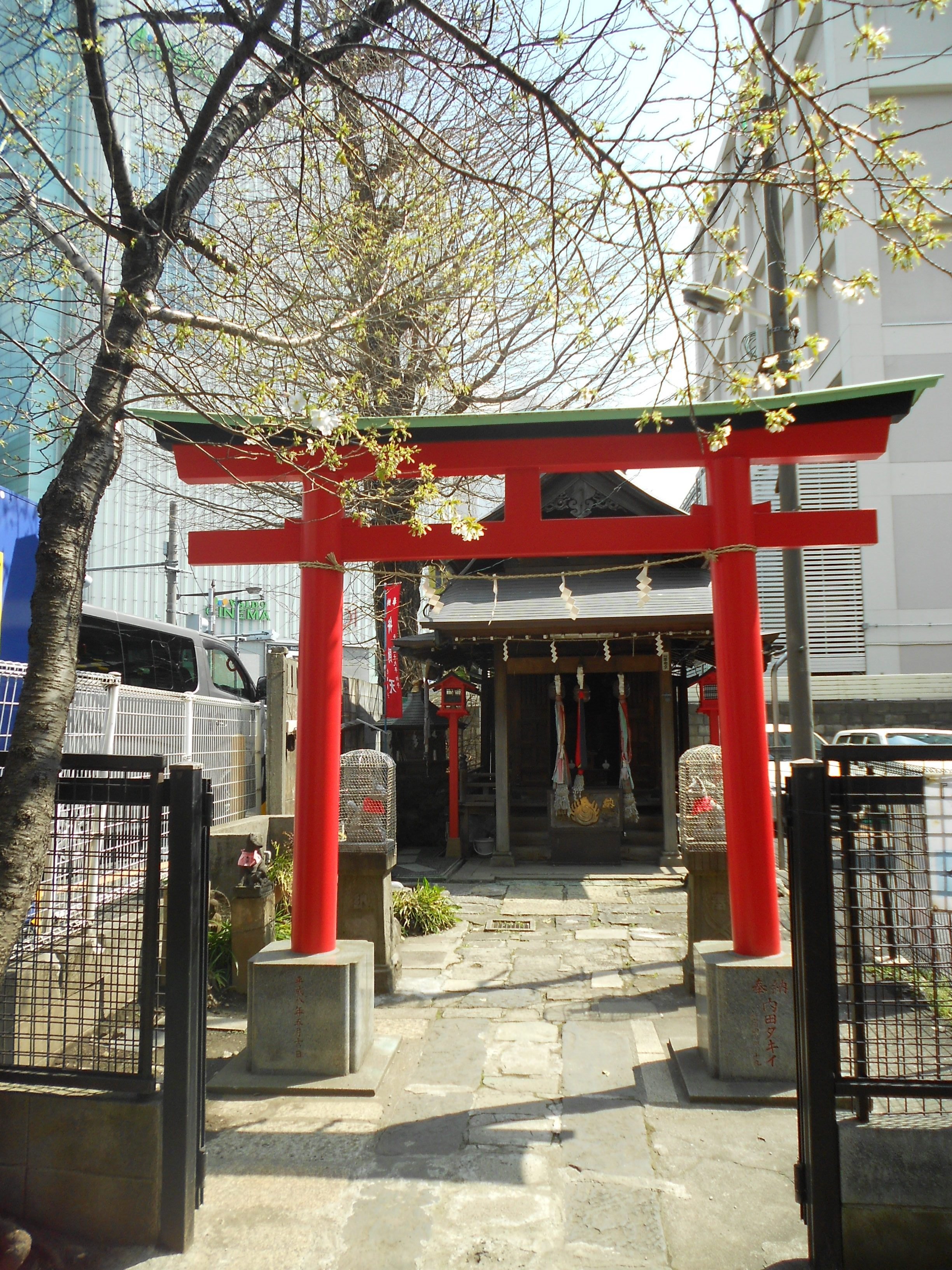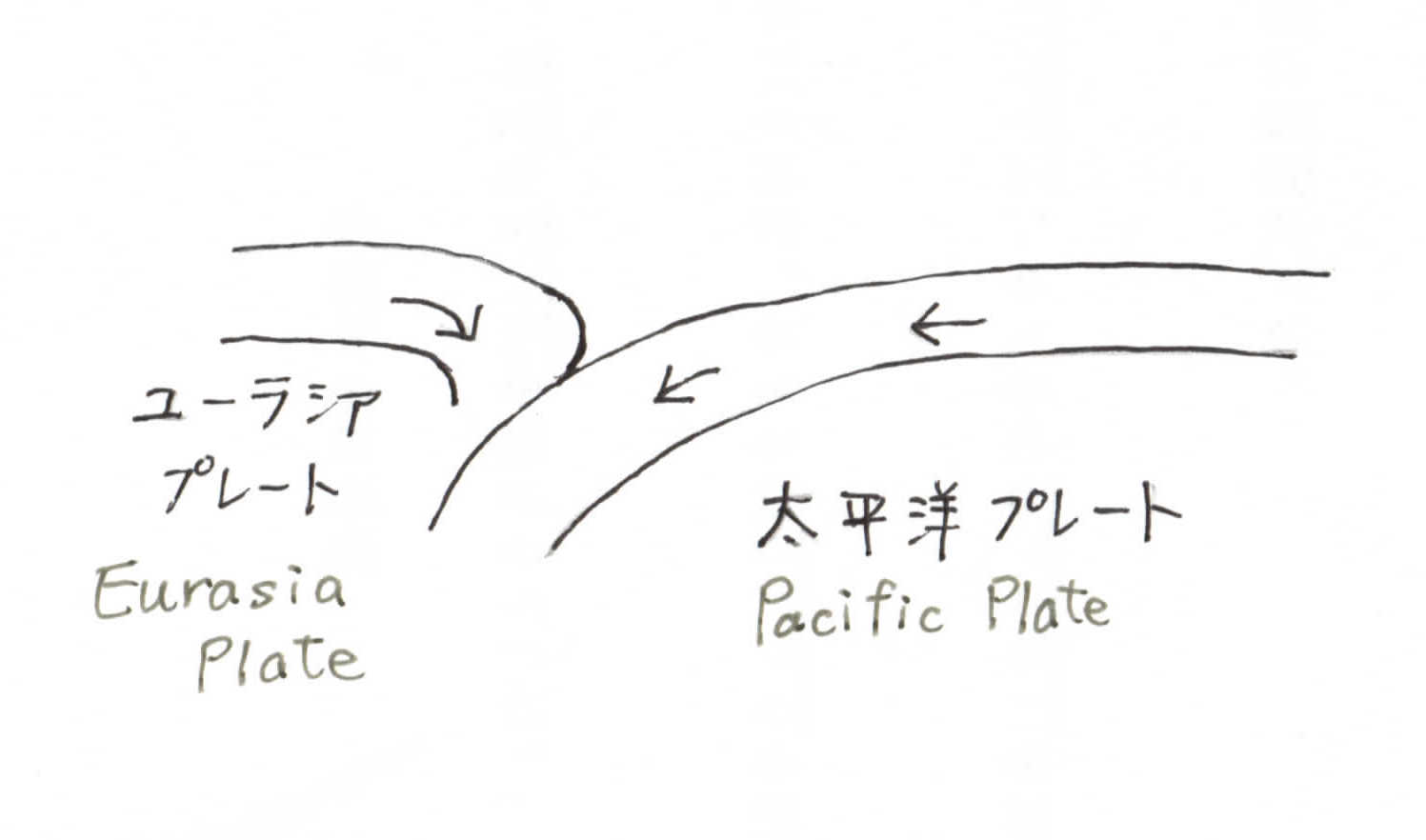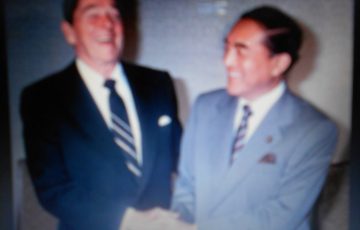☆ 1 ” Gulliver’s Travels “
Speaking of “Gulliver’s Travels”, it is known as the stories for children such as “Lilliput”, “Giant’s Country (Brobdingnag)”, but it was a satiric novel written by Swift in Ireland in 1726.
He criticized the English monarchy and aristocracy of that time. That’s why he had to publish it as a fairy tale for children. He did not want to upset the politicians, who might have put him in jail if he had written an adult book.
There were other stories such as “Flying Island (Laputa)”, “Japan”, “Country of Horses” (*1 ), but only “Japan” came out as a name of a real country.
European missionaries and the English East Indies Company reported that an Englishman was living in a “strange country”, Japan, in the 17th century.
It’s said that in Japan people had funny hairstyles, men also wore skirts, they had strange greeting customs, and they were easily killed by a sword, etc. Although a man named William Adams was an Englishman, he wore Japanese-style clothes and he was a favorite of the Japanese Shogun.
The pictures of Adams meeting the 1st Tokugawa Shogun Ieyasu and the armors that the 2nd Shogun Hidetada sent to the King of England, remain in the British Museum.
It seemed Swift wrote “Gulliver’s Travels” with hints from such stories.
☆ 2 Who was William Adams? (1564~1620)
He was born in Kent, England. When he was 12 years old, he was apprenticed to a shipbuilder, learning the skill of shipbuilding. He also studied navigation, astronomy and geometry by himself.
It was “the Age of Discovery” in Europe. In 1580 Captain Francis Drake succeeded in sailing around the world and many young seamen wanted to go out to the world and make a fortune.
When Adams was 24 years old in 1588, the English fought a decisive battle with the Spanish invincible fleet, the Armada. Adams was engaged in a transportation work as a navigator. He was married in London and had two children.
When he was 34 years old, he heard that the expedition would start sailing from the Netherlands to the East, and he went to the Netherlands and joined the Dutch East Indies Company.
In 1598 the Dutch fleet with five vessels (480 people in all) departed from the Rotterdam Port in the Netherlands. Among them, the “Liefde” was a ship of 300 tons, with 110 people.
After sailing through the Atlantic Ocean westward, going around the southern end of South America, and a long, harsh voyage across the Pacific Ocean, in March 1600, only the ship, Liefde, arrived in Usuki, Oita Prefecture in Kyushu, Japan. Because of storms, illness, and lack of nutrition, there were only about 20 survivors in the ship. It was such a miserable condition that only some of them could manage to walk. Adams was one of them. (*2 )
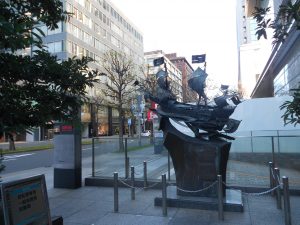
The news that a foreign ship had arrived in Kyushu was reported immediately to Shogun Ieyasu, who was then in Osaka Castle, and Ieyasu ordered them to come to Osaka. The ship sailed to Sakai port near Osaka and Adams and Jan Yosten went to meet Ieyasu as the representatives.
It was six months before the decisive “ battle of Sekigahara” in September 1600. Ieyasu was very much interested in the guns on the Dutch ship.
At that time, it was 50 years since Catholic missionaries had come to Japan, so quite a lot of Catholic missionaries from Portugal and Spain were staying in Japan. They insisted that Adams who came on a Dutch ship of the Protestant country, was a bad pirate and Ieyasu should immediately have him killed. For that reason he was put in prison for a month.
But while Ieyasu met Adams several times and heard him talk, Ieyasu gradually became interested in Adams because of his sincere attitude and deep knowledge, and soon trusted Adams.
☆ 3 Adams met Ieyasu 6months before ” the battle of Sekigahara“
What a timing that Adams met Ieyasu just six months before “the battle of Sekigahara“! And being trusted by Ieyasu who became the absolute power after the battle of Sekigahara, Adams was now privileged in Japan.
Ieyasu moved to Edo (Tokyo) and tried to make Edo town the center of Japan.
Ieyasu probably did not want Adams to return home, Europe. Adams was given a residence just outside of Edo Castle (*3), and was given Hemi village (Yokosuka) of Miura Peninsula and he became “Samurai“. He had a Japanese name “Miura Anjin”. “Anjin” means a “ pilot” in the sea.
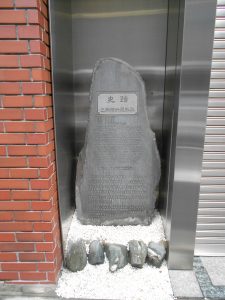
In 1604 by Ieyasu‘s order, Adams built European-style ships (80 t and 120 t) in Ito village on the Izu Peninsula. Ieyasu was trying to enrich overseas trade at this time.
Adams having various new European knowledge, was useful as a diplomatic advisor for Ieyasu, and he did not allow Adams to return home at first. But in 1613 when the English commander, Saris, came to Japan as a trade envoy with the diplomatic letter of English King, Ieyasu thought that he should give permission to Adams to return home by the ship of Saris.
But Saris took an aristocratic arrogant attitude. Adams, a craftsman, did not get along well with Saris. This time Adams himself abandoned his return home. He was sending letters to his family in England through the English East Indies Company, but he finally lived in Japan until he died and he could not see his English family again.
Even after Ieyasu won the battle of Sekigahara (1600), he felt uneasy until he destroyed all of the Toyotomi family. There was still Hideyoshi’s young son in Osaka castle. Ieyasu bought from the Netherlands and England a big, powerful “Siege cannon” (caliber 91 cm, a cannonball of 14 kg could fly up to 6.3 kilometers). He targeted the castle tower of Osaka Castle with the cannon, Toyotomi family trembled, and finally Ieyasu succeeded to destroy the Toyotomi family completely. (1615) (*4 )
The next year Ieyasu died at the age of 75 in 1616. After Ieyasu died, there was a kind of reaction against Ieyasu’s hospitality to Adams until then. He was troubled by some conflicts among the Portuguese, Dutch, English and others in the small community of Hirado port town and Nagasaki in Kyushu. Four years after Ieyasu‘s death, he became ill in Hirado and died in 1620. From 36 years old to 56, the best days of his life, he stayed in Japan for 20 years.
☆ 4 Adams and Ieyasu
Since Adams arrived in Japan in 1600 until Ieyasu died in 1616, what was the relation between the two for 16 years?
Adams was at first helped by Ieyasu when he was almost killed, and thanked Ieyasu for having him made a “Samurai“. (But other Englishmen were jealous. )
Ieyasu also could gain a new knowledge from Adams. The relationship between Adams and Ieyasu might have been something a man-to-man friendship.
At first when Adam’s ship arrived in Japan, he could walk to see Ieyasu though his other shipmates were almost dying, so he was probably very strong physically and mentally.
In the latter years in order to help a Dutchman in Hirado port, he was brave enough to swim alone to help him in a sailing boat anchored in the bay. He seemed like a man deserving the main character of a story. Wasn’t he a perfect model of Gulliver living in mysterious countries?
The American movie “Shogun”(1980) was also based on Adams’ story. (*5 )
In a word
It is said that “Gulliver’s Travels” was inspired by the story of the English seaman, William Adams, who came to Japan in the era of Tokugawa Ieyasu. By making acquaintances with Ieyasu, Adams influenced the history of Japan.
――― (*) ———
*1 In ” Country of Horses”, horses were masters and livestock human beings (human beast, Yahoo) was criticized. The criticism seemed to be against the Netherlands which monopolized the trade with Japan and made enormous profits by promising Japan not to work for Christian missions.
*2 On the street between the Marunouchi Building and Mitsubishi Building near Tokyo Station, a model ship of Liefde with a size of about 3 meters is set. When the Dutch Prime Minister visited Japan in 1980, the Dutch government sent it to the Japanese government.
*3 There is a monument at “Miura Anjin’s old house site” on a street near Nihombashi Mitsukoshi Department Store. The street was called “Anjin street”.
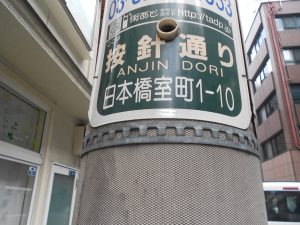
The name of the Dutchman, Jan Yosten, who also got a house from Ieyasu at the same time with Adams became the present name “Yaesu” district near Tokyo Station. His memorial statue is in Tokyo Station Yaesu underground shopping street.
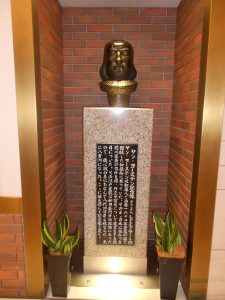
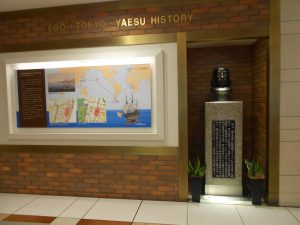
*4 “I have a thought of a thousand miles” by Nakamura Akihiko, Bungei Shunju, 2008.
*5 The original novel “Shogun” was written by James Clavell, an Australian-born British and later naturalized American author.
**
“Anjin and Ieyasu” by Claus Munk Plum in Danish language. Translated by Hatai Tsutomu and Shimomiya Tadao, Shuppan Shinsha, 2006
“Meet the Blue Eyes Samurai” written by Hemi Michiro (Jodoji Temple, Yokosuka )
“Blue Eyes Samurai, Miura Anjin” written by Makino Tadashi, Ito Tourism Association, Kurofune Publishing Division 1980
